
The Most Life-Changing Technologies In Human History
Humans love technology; some would say that our ability to build useful tools is what sets us apart from other animals. If you look around your room right now, you can probably see dozens of different technologies — many invented in the last 100 years, but some much older than that. For thousands of years, humans have used technology to reshape the world around us. But what are the most life-changing technologies in human history?
For the purposes of this list, “technology” just means something made by humans to do something useful. Not abstract processes like “agriculture” and “domestication,” but the physical tools that humans built and that made such processes possible. These are the technologies that most radically changed the daily lives of humans across the globe.
This list spans thousands of years — millions if you include fire — and includes technologies invented in Mesopotamia, ancient China, Europe, the United States, and more. One or two of these technologies have faded into obscurity, but the vast majority continue to influence human affairs into the modern day. Considering these technologies might help you better appreciate the ingenuity of our ancestors, as well as the role that technology plays in your own life. As American academic John M. Culkin once wrote, “We shape our tools and thereafter they shape us.” Here are the most life-changing technologies in human history.
Fire was early humanity's most versatile tool
According to the British Museum, the title of “earliest technology” in human history likely belongs to stone hand axes found in the Olduvai Gorge in Tanzania. These items are estimated to have been made roughly 1.8 million years ago. But, not long after learning to construct basic stone tools, our ancestors discovered how to harness something even more powerful: fire.
Time divides the human control of fire into three eras. The first, beginning roughly 1.5 million years ago, was when humans learned how to harness fire that they found occurring naturally — from lightning strikes, for example. The second phase was when hominids learned how to produce their own fire. The exact start date for this era isn’t known, but Time suggests that the use of fire-producing flints may date as far back as 400,000 years ago. (That’s about 100,000 years before Homo sapiens emerged.) The third and final stage is when hominids “began to use and control fire on a regular and widespread basis.” For this, Homo sapiens does indeed deserve the credit, as Time reports that this era may have began only 7,000 years ago.
Fire was — and is — an amazingly versatile technology. It allowed humans to produce warmth in the cold, light in the darkness, to scare off predators, and to burn away excess vegetation. And, of course, fire’s ability to cook food greatly enhanced the nutritional intake of early humanity. In fact, National Geographic reports that eating cooked food may have led humans to develop larger brains.
The wheel was developed surprisingly late, but revolutionized transportation and construction
Over the many millennia that followed the construction of the first stone hand axes, human ancestors learned to build a variety of other tools from stone, wood, and bone. Yet it wasn’t until 5,500 years ago — thousands of years after domesticating cattle, and hundreds of years after building sailboats — that humans learned how to build the wheel.
Live Science explains that “The tricky thing about the wheel is not conceiving of a cylinder rolling on its edge. It’s figuring out how to connect a stable, stationary platform to that cylinder.” The solution to that challenge was finally discovered in Mesopotamia in 3500 BC: the axle. (A smooth axle snugly inserted into the center of a wheel allows the wheel to rotate while the axle remains steady.) And, while you’d think this development would immediately be used for transportation, Wired reports that the first wheel-and-axle design was actually used for a Mesopotamian pottery wheel. Yet, within a few hundred years, the wheel was indeed being used for carts and wagons. Wired calls the wagon “one of the first inventions in history to go viral,” as ancient wagons have been unearthed from Iraq to Germany, all having been built within a few hundred years of each other.
The influence of the wheel on early human society can not be overstated — the chariot, the wheelbarrow, and the water wheel are just a few technologies that would not have been possible without it.
The invention of writing allowed for detailed record-keeping
We’re not sure when hominids first developed spoken language. Per the Atlantic, some have asserted that Homo sapiens (which first emerged about 300,000 years ago) was the first species with the anatomical ability to speak, but another theory suggests that the ability emerged in primates 27 million years ago. (Of course, formal language also requires a developed brain, not just the proper vocal chords.)
But we do have an approximate date and location for the beginning of written language: Mesopotamia, around 3200 BC. As Discover Magazine reports, this earliest form of writing was called “cuneiform,” and it took the form of symbols (corresponding to words) carved into clay tablets. The earliest cuneiform tablets were pretty boring; they were mostly used as economic documents that recorded exchanges. But, eventually, Mesopotamians realized that writing could be used for much more, from recording laws, to religious stories, to history, to poetry. And, as the usage of cuneiform evolved, so did its form. Per the University of Texas, cuneiform symbols shifted from representing words to representing sounds, forming a proto-alphabet.
Writing is obviously one of the most influential inventions of all time. Without it, everything from historical records to laws to love songs would have to be passed down orally, and could easily be lost to time. And, while ancient Mesopotamia is thought to be the first culture to develop writing, the British Library reports that writing systems developed independently in four other locations: Egypt (also around 3200 BC), China (around 1200 BC), and Mesoamerica (around 900 BC).
The horse collar made agriculture much more efficient
Thousands of years before the earliest tribes transitioned from hunting and gathering to agriculture, humans were already domesticating animals. Whether it was for companionship and protection — like with dogs, at least 14,000 years ago — or for food products — like with cows, around 10,500 years ago — domestication was one of the most useful tools in early humanity’s arsenal.
Among all domesticated animals, horses have been uniquely influential in world history. Horses were first domesticated around 6,000 years ago, per the BBC. But, as historian Joseph Needham writes in “Science and Civilisation in China,” it took several millennia for people to build an efficient horse harness; the earliest harnesses pulled on the horse’s throat, restricting its breathing and pulling power. As Asia Society explains, the first truly successful harness was built in China around the 3rd century BC. China’s innovation was to incorporate a collar into the horse harness; compared to earlier harnesses, this collar allowed a horse to pull about six times as much weight without restricting its own breathing.
Per Britannica, the horse collar didn’t reach widespread use in Europe until the 12th century. But, once in Europe — as in other regions it had reached — the horse collar revolutionized agriculture. Horses replaced oxen as the primary plow animal, and agricultural outputs became much larger. As Barron’s points out, larger outputs meant that more people could abandon farming and take on other specialized professions. Thus, the horse collar helped lead the agricultural world into an era of increased career diversification.
Paper and the printing press enabled writing to be mass produced
Although writing was one of early society’s most important contributions, it took a few millennia for humans to find an ideal medium to write on; clay tablets were too bulky and fragile for most purposes. Around 3,000 years after writing began, the solution was found in China: paper.
ThoughtCo explains that ancient Chinese records indicate that paper was invented by Ts’ai Lun, a court eunuch, in 105 AD. However, archaeology in China has suggested that paper was actually invented in the region earlier — closer to 200 BC. Chinese paper was made from hemp fibers, which were soaked in water, pounded by mallet, and allowed to dry in a rectangular mold. Paper-making spread from China throughout eastern Asia — but it wasn’t until a military clash between China and the Abbasid Empire in 751 AD that paper spread to the Middle East, North Africa, and, in the early 12th century, Europe. These regions welcomed paper and all its uses, from paper currency to paper armor, according to WorldHistory.
But paper’s most important use — the cheap and efficient production of books — didn’t reach its full potential without another development: the printing press. History explains that Chinese engineers developed a number of printing press models, but the most successful model was built by a German inventor, Johannes Gutenberg, in 1450 AD. Gutenberg’s movable-type printing press swept across Europe, leading to an huge increase in the number of books and documents being produced — and an era marked by increased literacy and the rapid spread of ideas.
Glass lenses allowed humans to study more than what meets the eye
If you wear glasses, you’re probably not surprised to see glass lenses on a list of the most “life-changing technologies in human history.” Indeed, eyeglasses — first developed in 13th century Italy — have made life a lot easier for millions of people around the world. But, in reality, glass lenses have greatly impacted all of humanity. How? Well, glass lens technology led to the development of two key tools of science around 400 years ago: the microscope and the telescope.
Live Science explains that the first microscope was probably built by a Dutch spectacle-maker, Zacharias Janssen, in 1590 AD. The microscope’s most famous early-adopters were Robert Hooke and Antoni van Leeuwenhoek, who, in the 1600s, became the first people to discover microorganisms, as reported by AAAS. Similarly, the first telescope was built by a different Dutch spectacle-maker, Hans Lippershey, in 1608, according to Space.com. The telescope’s most famous early-adopter was Galileo Galilei, who was the first to record seeing lunar craters, Jupiter’s moons, and Saturn’s rings.
Together, the microscope and the telescope greatly expanded humanity’s understanding of matters big and small — allowing us to detect tiny, deadly microbes and to study distant stars. Neither technology could have existed without glass lenses capable of refracting and focusing light. It’s uncertain when humans first started building glass lenses, but, per an article in Ophthalmic and Physiological Optics, they may date as far back as ancient Egypt, circa 2600 BC.
The steam engine ushered in the global Industrial Revolution
Arguably, the steam engine is the first technology on this list to belong to the modern era. That’s because the steam engine helped to usher in many of the things that we associate with modernity: industrial factories, long-distance travel, and more. The idea behind a steam engine is simple: build a machine that takes in water, boils it, and uses the resulting high-pressure steam to push a piston and perform some useful action. In practice, however, building a steam engine proved difficult, and required decades of dedicated research from engineers around the globe.
ThoughtCo explains that the first commercially successful steam engine was built by English blacksmith Thomas Newcomen in 1712. But, as Live Science reports, Newcomen’s engine spent several decades with limited use; it was mainly used for pumping water, both out of mines and into towns. Then, in the 1760s, Scottish inventor James Watt developed a far more efficient version of the Newcomen engine. Watt’s improved engine swept across the United Kingdom and beyond.
Starting in the late 1700s, the steam engine revolutionized manufacturing and transport in Europe and the United States — serving as a catalyst for the era of social and technological upheaval we now call the Industrial Revolution. Live Science explains that steam engines powered “mills, factories, breweries and a host of other manufacturing operations.” Improved steam engines also fueled the first trains and steamships, allowing for rapid powered travel across land and sea.
Vaccines and antibiotics made the world significantly healthier
Modern humans live much longer than our ancestors — the world’s average life expectancy is estimated to have risen from 29 in 1800 to 72 in 2019, per OurWorldInData. While many factors are at play in our expanding lifespan, two medical technologies are large factors: vaccines and antibiotics.
Today, large swaths of the public remain unconvinced about the need for vaccination. Per NPR, a quarter of Americans report that they’d reject a COVID-19 vaccine if offered one. This despite it being a historical fact that vaccines have helped reduce and eliminate countless deadly diseases. As Science Focus reports, the world’s first vaccination was performed in 1796 by English physician Edward Jenner. Jenner deliberately gave an 8-year-old boy cowpox, then exposed him to smallpox — a very similar, but much more deadly, viral disease. When smallpox failed to make the boy sick, Jenner confirmed the theory that exposure to a weakened form of a disease can cause someone to develop an immunity to the stronger form. Since then, vaccines have been used to fully eradicate smallpox and nearly eradicate polio, measles, tetanus, and many other diseases that routinely killed our ancestors, Vox reports.
A more recent breakthrough — the discovery of antibiotic substances that can fight off bacterial infections — has had a similarly powerful effect on public health. ACS explains that the first such antibiotic substance, penicillin, was discovered by Scottish physician Alexander Fleming in 1928. Fleming found penicillin accidentally, in a moldy petri dish — but penicillin’s bacteria-fighting effects have saved millions of lives and won Fleming a Nobel Prize.
The camera changed art, entertainment, and the news
At first, the camera — the same tool that people use to take vacation selfies and stream themselves playing Fortnite — doesn’t seem like one of the most influential technologies of all time. But it’s easy for modern humans to forget just how revolutionary it is to be able to capture an entire scene with the click of a button.
Cameras have a complicated history, having been produced by a number of independent inventors throughout the early 1800s. As the Met explains, the first successful form of photography was called daguerreotype, and it was developed by French inventor Louis Daguerre in the 1830s. A number of daguerreotype or daguerreotype-inspired cameras were rolled out throughout the 1800s. But, according to the National Museum of American History, a new revolution in photography came in 1888. In that year, American inventor George Eastman unveiled the first film-based camera, the Kodak. Unlike daguerreotypes, film could be used to record video, not just pictures.
The camera’s influence on mass culture can not be overstated. Take the news, for example. It’s one thing to read about a far-away war, and another to see photographs of corpses littering the battlefield — a gruesome, up-close look that first shocked the public during the American Civil War, per Battlefields.org. Likewise, film cameras became the basis for one of the most dominant artistic industries of the past century: cinema. In 2019 alone, the market for television shows and movies raked in a combined $101 billion, Forbes reports.
The internal combustion engine improved upon the steam engine
There’s no doubt that the steam engine had a huge influence on humanity. And yet, while steam engines were able to successfully power early trains, steamships, and factories, they had a number of disadvantages as well: most were huge, heavy, dirty, and slow to get running. In seeking a more efficient replacement, inventors eventually landed on the internal combustion engine — a system in which a fuel (like gasoline) is poured into a chamber and ignited, and then the resulting hot gas produces force by pushing against a component like a piston.
Encyclopedia.com explains that many engineers worked to develop a successful internal combustion engine in the 1800s. But German inventor Nikolaus Otto was the first to achieve commercial success with his “Otto engine,” which he first rolled out in 1876. In the decades that followed, the internal combustion engine became the default source of power for many devices. For example, per Ford.com, Henry Ford’s interest in these engines is what drew him — and many others — towards developing the earliest successful personal automobiles. Likewise, NASA reports that the Wright brothers used a gas-fueled internal combustion engine of their own design for their first historic flight in 1903 — for the first time, engines were small and light enough for powered flight to become a reality.
Today, everything from boats to rockets use internal combustion engines to move. But, of course, internal combustion engines have also revolutionized the world in a different way: their fossil fuel emissions have greatly contributed to climate change.
Electricity transformed the home
Around the same time that gas-fueled automobiles were introduced to American households, so was another technology: electric power. Electricity, of course, isn’t a technology that humans invented, but, rather, is a substance that we’ve learned how to produce and put to good use, much like fire.
The idea of harnessing electricity dates back several hundred years. American polymath Benjamin Franklin studied electricity extensively in the 1700s, as did Italian scientist Alessandro Volta, who built the first true battery in 1800, according to Vox. But American inventor Thomas Edison perhaps played the biggest role in spreading electric power to consumers; after inventing the first electric lightbulb in 1879, Edison went on to form the first investor-owned electric utility company in 1880, Biography reports. In the years that followed, the Edison Illuminating Company provided electric power to thousands of American families — as did Edison’s competitor, George Westinghouse, aided by inventor Nikola Tesla. By 1925, per Mr. Electric, half of all American homes had electric power, and by 1945, the number had risen to 85%.
As electricity was spread into homes across America and the world, so were many life-altering consumer technologies: electric light bulbs, of course, but also refrigerators, televisions, vacuums, microwaves, and more, as Interesting Engineering describes. It’s no exaggeration to say that the average home of the mid-1900s would have appeared unrecognizable to a person just a hundred years prior — and we have electricity to thank for that. Today, per Statista, an estimated 87% of the world has access to electric power.
The transistor became the unsung hero of modern electronics
Up until this point, you’ve probably been at least somewhat familiar with every technology on this list. (Wheels? Paper? Vaccines? Even first-graders know this stuff.) But now comes a technology that might sound a bit more foreign: the transistor. Whether or not you could tell us what transistors do, you’ve definitely been impacted by them. In brief, the transistor is the secret ingredient that allowed electronics to become tiny and powerful.
To understand the importance of the transistor, it’s helpful to consider its predecessor: the vacuum tube. As Popular Mechanics explains, vacuum tubes are glass cylinders — typically a few inches in length — that can control an electric current, capable of switching between an “off” and an “on” position. As a result, vacuum tubes were the basis for the earliest computers. However, vacuum tubes are fragile, and require lots of power. Plus, they’re big; computers based on vacuum tubes took up entire rooms.
San Jose State University explains that computing was changed forever on December 27, 1947. That day, a team from Bell Laboratories (the New Jersey-based research arm of AT&T) successfully demonstrated the transistor: a tiny metal device that can switch and amplify electric currents for a fraction of the energy input of a vacuum tube. As transistors were quickly popularized, all sorts of electronics became smaller, faster, more durable, and more efficient. Popular Mechanics provides one striking example: your smartphone uses less electricity in a year than the first computers used in a minute, “while performing billions more calculations per second.”
From weather detection to GPS, satellites changed society from above
The satellite is another technology that’s easy to ignore — unless you’re an astronaut, you’ve probably never seen a functioning one up-close. But satellites have had a tremendous impact on many aspects of modern life. The first artificial satellite was launched into orbit by the Soviet Union on October 4, 1957, per NASA. As Space.com explains, that satellite was called Sputnik 1, and it didn’t really do much (besides collect some basic data about the atmosphere), yet it still shocked the United States, ushering in the so-called Space Race. Fast forward to today, and there are over 6,500 artificial satellites orbiting Earth, about half of which are active, per Geospatial World.
Satellites perform a number of tasks that are integral to modern society. As another Space.com article reports, satellites have been used to revolutionize weather forecasting — having “eyes” in space allows us to predict weather trends with far greater accuracy than our ancestors. Likewise, satellites allow for the detailed tracking of changes in forests, water, and the atmosphere, which helps scientists to better understand climate change. Satellites have also enabled long-distance telephone calls and television broadcasts.
Plus, while your internet connection may or may not depend on satellites, your GPS definitely does. As the Federal Aviation Administration explains, GPS — be it in your phone or your car — determines your location based on a network of 31 satellites developed and operated by the U.S. government.
The internet revolutionized most aspects of modern-day life
If you’re reading this article right now, then — congrats! — you’re on the internet. We hardly need to tell you how influential the internet is — but, for the sake of this list, we will anyway, starting with a brief history of the technology.
History reports that the modern internet had its beginnings with ARPANET — a late-1960s project of the U.S. Department of Defense that allowed “multiple computers to communicate on a single network.” From ARPANET, the internet slowly expanded — especially with the development of TCP/IP, a standardized system for how data can be transmitted. Then, in 1989, British computer scientist Tim Berners-Lee unveiled the World Wide Web, a platform that made it easier for everyone to access the internet, per CERN.
Today, you can use the internet to enjoy centuries-old books, decades-old music, and the latest movies. You can use it to hang out with your friends, fall in love, and keep track of your uncle’s conspiracy theories. You can use it to go shopping, pay your bills, scroll through the news for a few minutes, and scroll through memes for an hour. And, as the COVID-19 pandemic has increasingly shown, you also use the internet to go to work or attend your classes. The bigger challenge is to find an aspect of modern life that hasn’t been touched by the internet; at the current rate, future humans will never need to leave their desks — let alone their homes. That’s quite a big change from our fire-wielding, wheel-building, horse-harnessing ancestors.
74 thoughts on “The Most Life-Changing Technologies In Human History”
Leave a Reply
You must be logged in to post a comment.
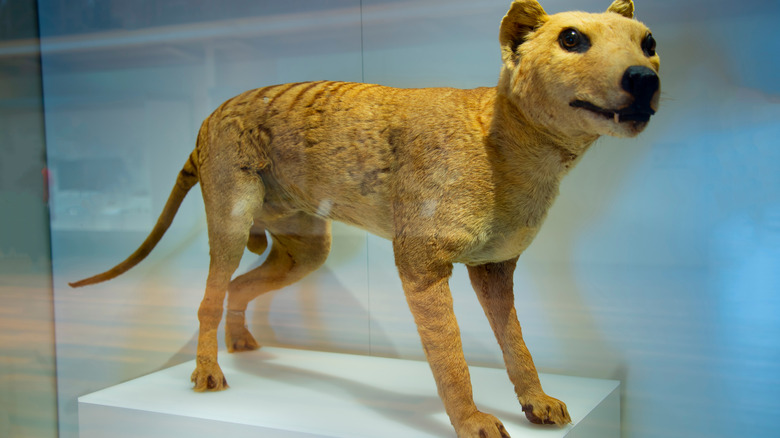
The Real Reason The Tasmanian Tiger Went Extinct

What Is Actually Written In The Dead Sea Scrolls?

The Truth About Bowling's Origins As A Dark Religious Ritual

The Reason Stephen King Is Giving Away Some Of His Short Stories For $1

How Bing Crosby Is Partly Responsible For The Canadian Tuxedo

The Tragic Story Of The Kirk-Holden War

The Shady Truth About Facebook Ads

How The Seven Wonders Of The Natural World Were Chosen

The Truth Of The National Museum Of Funeral History

How Cat And Human Brains Are Eerily Similar

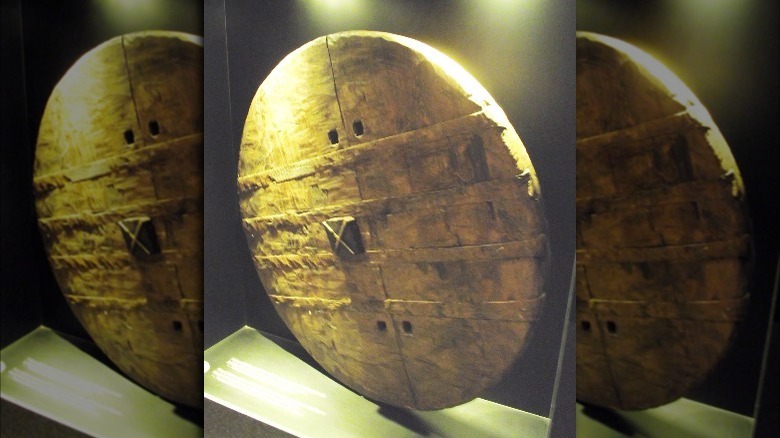


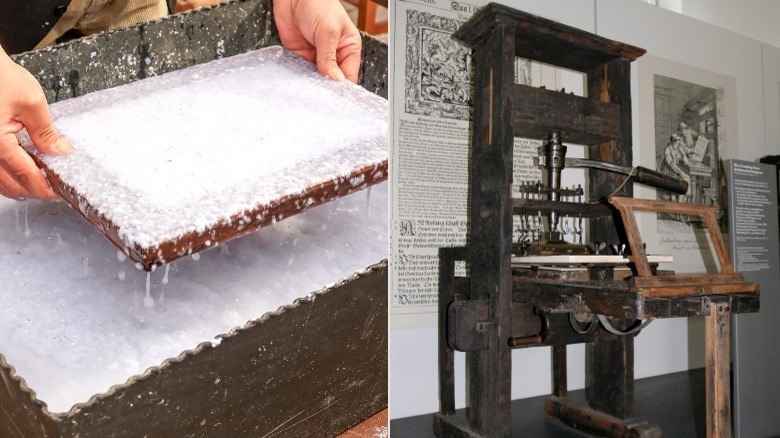

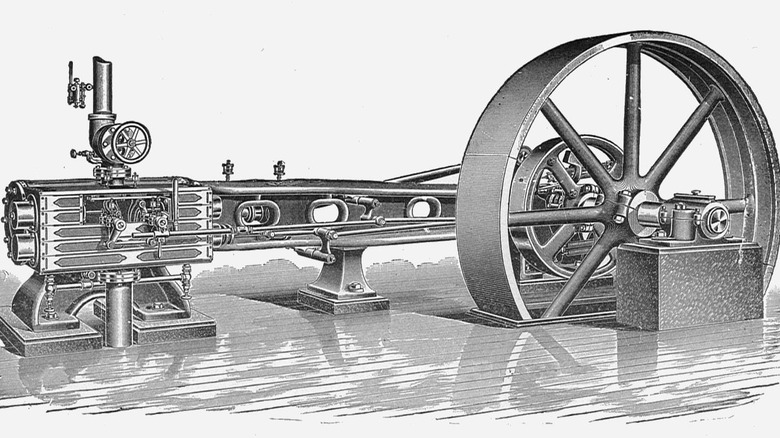
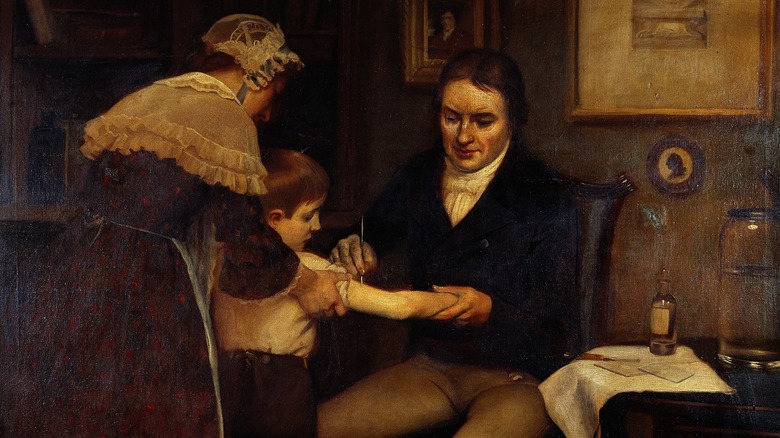


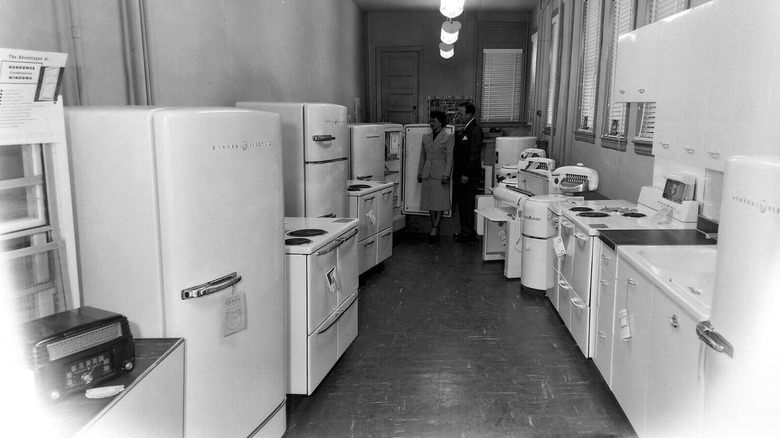
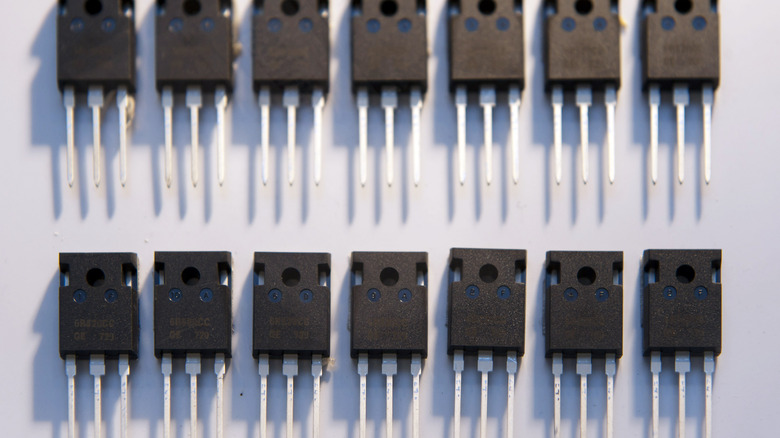
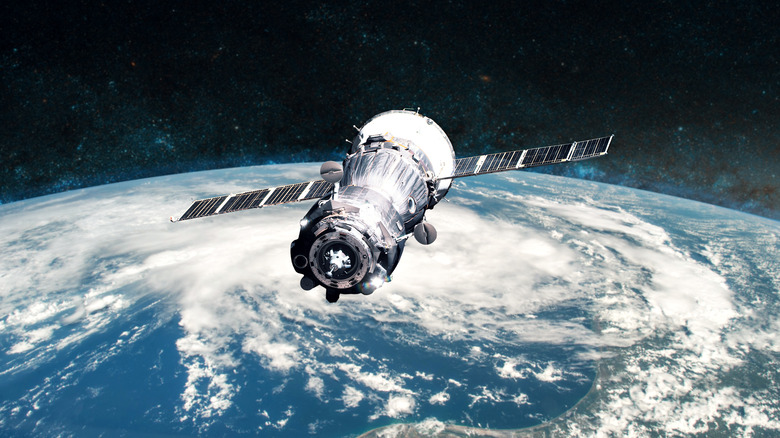

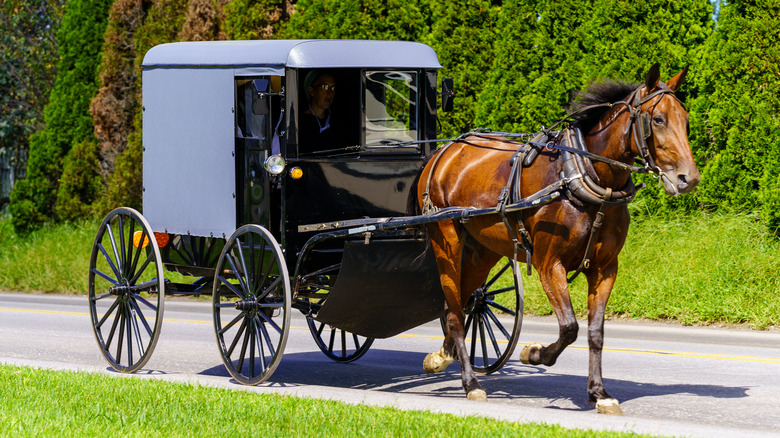




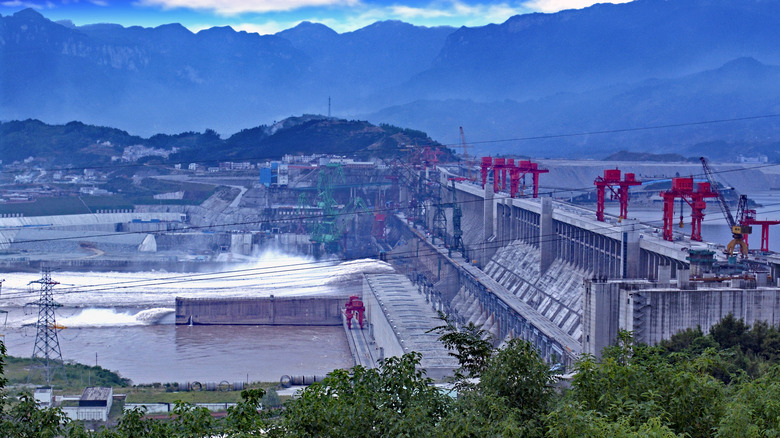


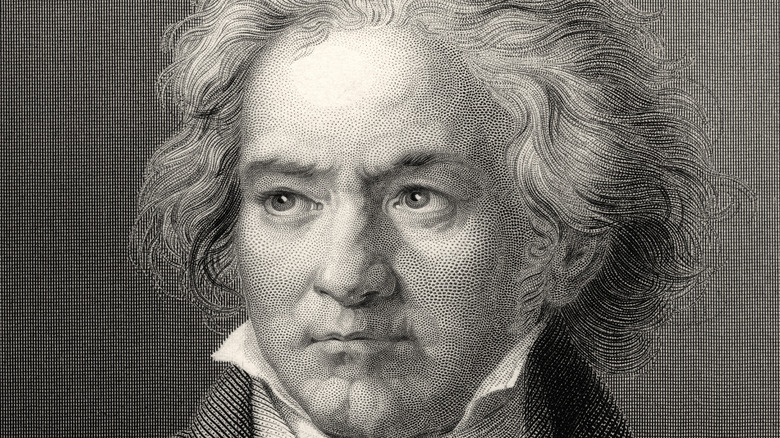
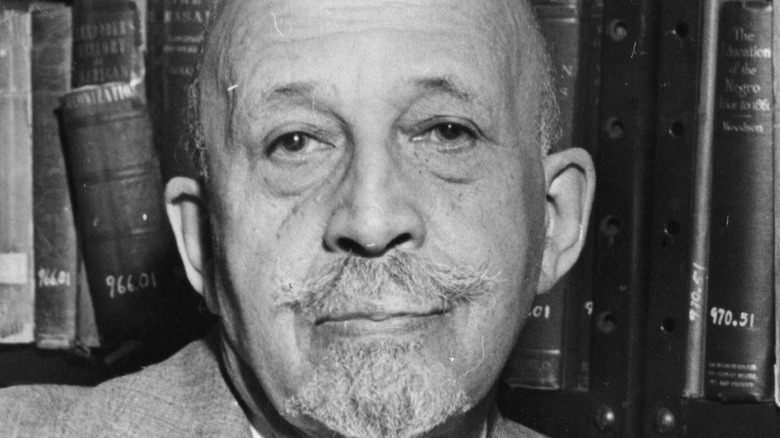
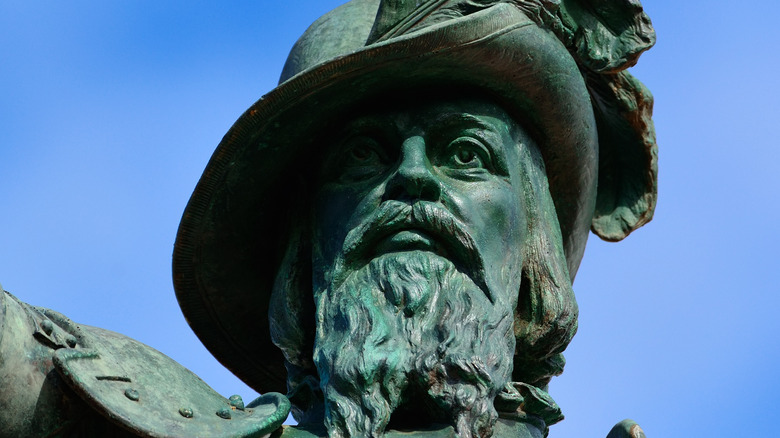











I conceive you have mentioned some very interesting details , thankyou for the post.